On January 16, 1986, Apple introduced its Macintosh Plus—the third Mac model and the first to be released after Steve Jobs was forced out of the company the previous year.
It could be interest you
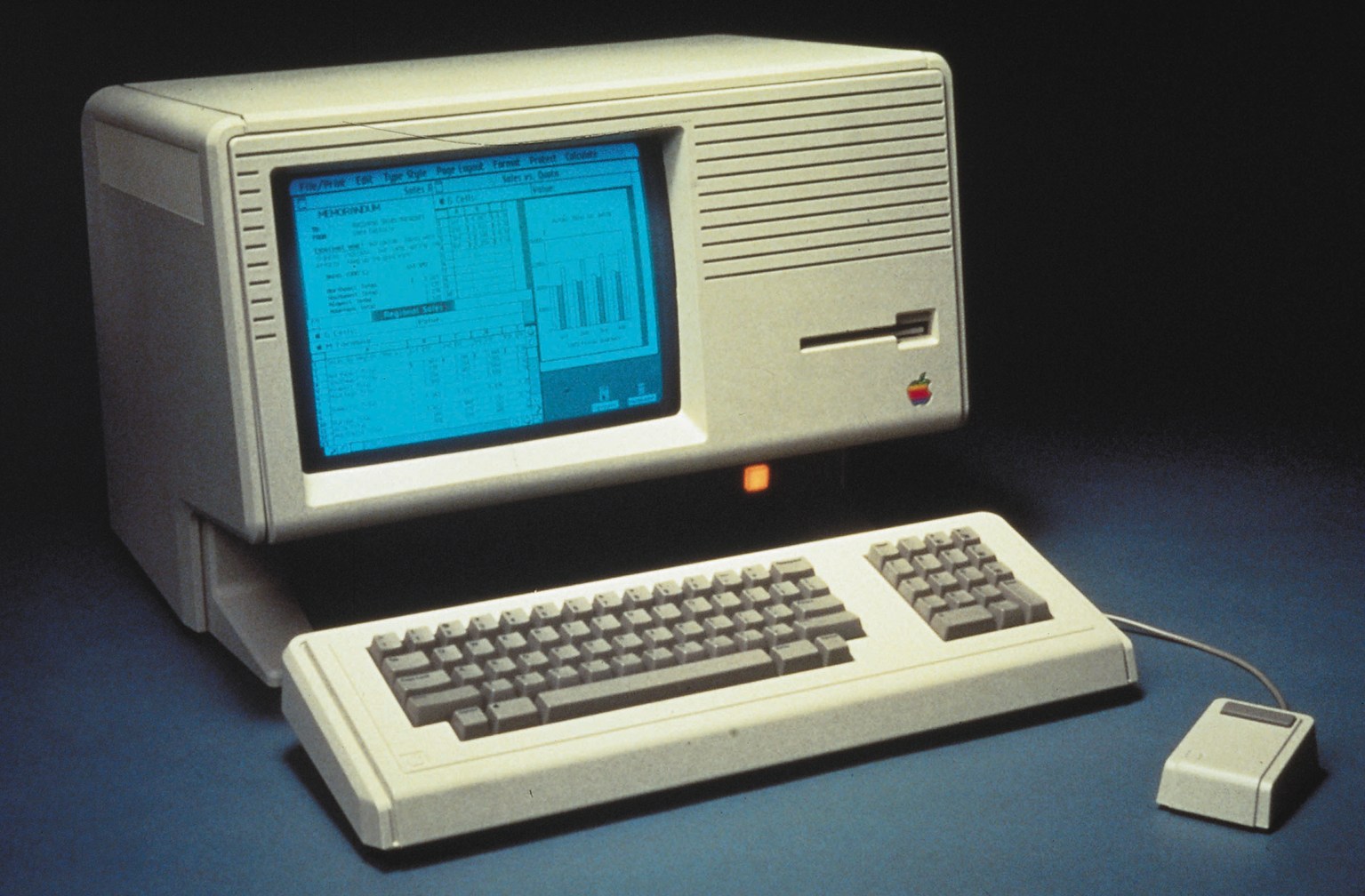
The Mac Plus boasted, for example, an expandable 1MB of RAM and a double-sided 800KB floppy drive. It was also the first Macintosh with a SCSI port, which served as the primary way to connect the Mac to other devices (at least until Apple abandoned the technology again with the iMac G3 after Jobs returned).
The Macintosh Plus retailed for $2600, two years after the original Macintosh computer debuted. In a way, it was the first true successor to the Mac, as the "intermediate" Macintosh 512K was virtually identical to the original computer, except for more built-in memory.
The Macintosh Plus also brought users some nifty innovations that made it the best Mac of its time. The brand new design meant that users could finally upgrade their Macs, something that Apple strongly encouraged in the late 80s and early 90s. Although the computer was equipped with a not inconsiderable 1 MB of RAM (the first Mac was equipped with only 128 K), the Macintosh Plus went even further. The new design allowed users to easily expand the RAM memory up to 4 MB. This change, along with the ability to add up to seven peripherals (hard drives, scanners, and more), made the Mac Plus a significantly better machine than its predecessors.
Depending on when it was purchased, the Macintosh Plus also supported some incredibly useful software beyond the usual MacPaint and MacWrite programs. The excellent HyperCard and MultiFinder enabled Mac owners for the first time to multitask, that is, to use several applications at once. It was also possible to run Microsoft Excel or Adobe PageMaker on the Macintosh Plus. It found its application not only in companies and households, but also in a number of educational institutions.

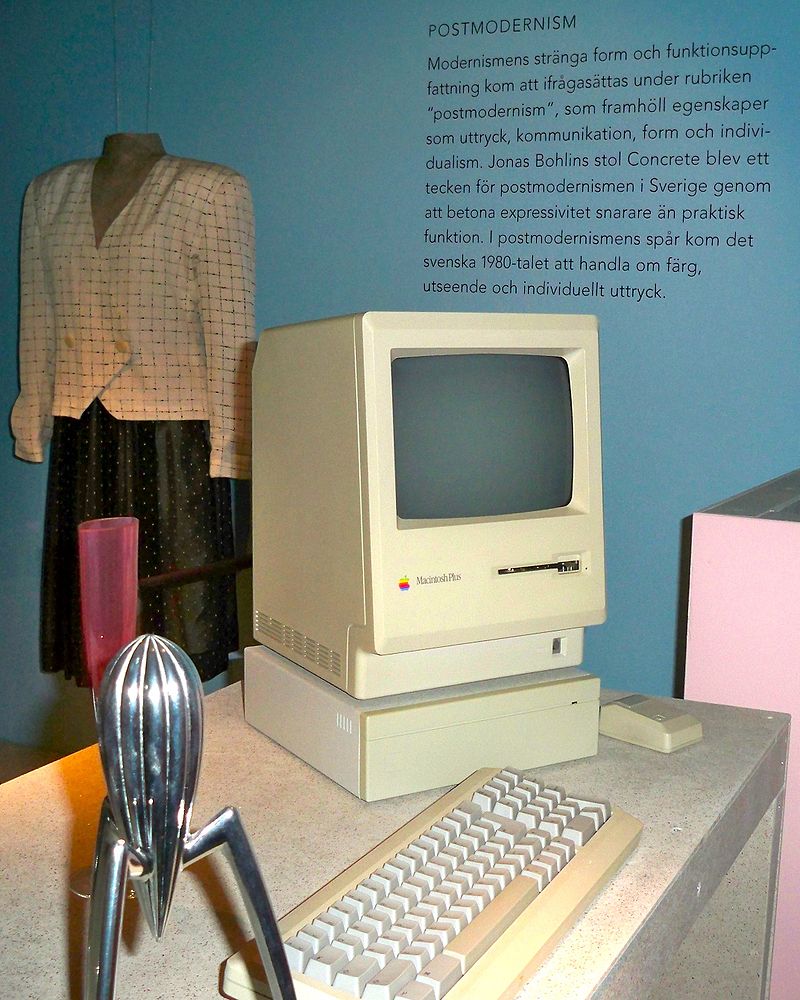
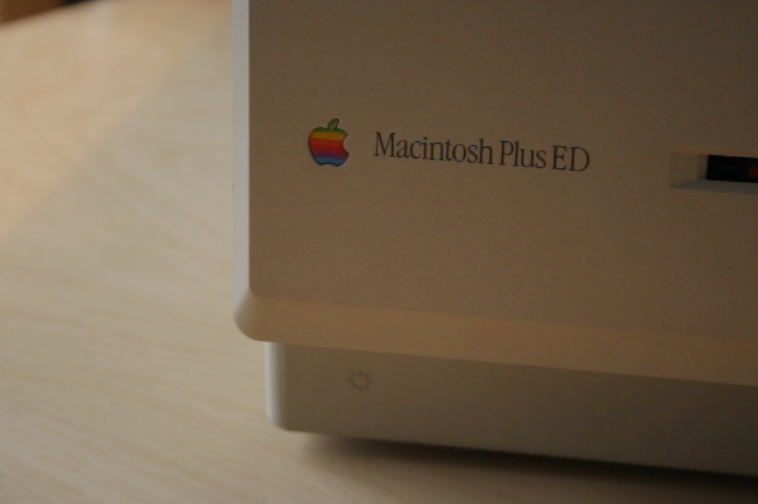
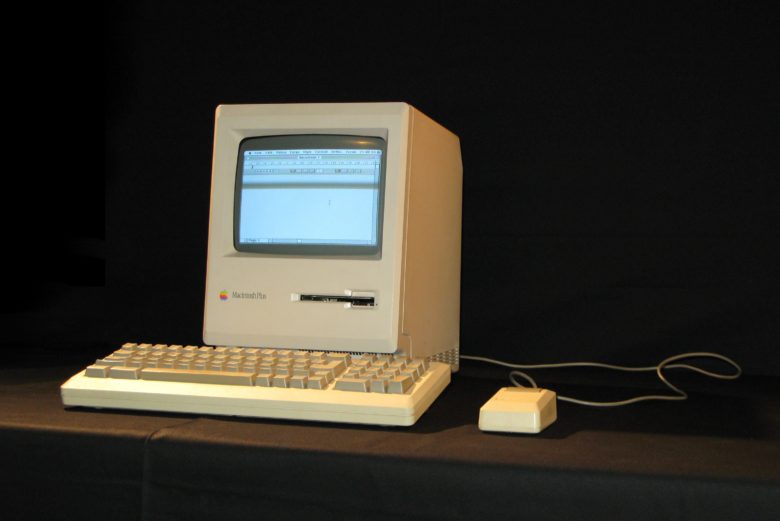
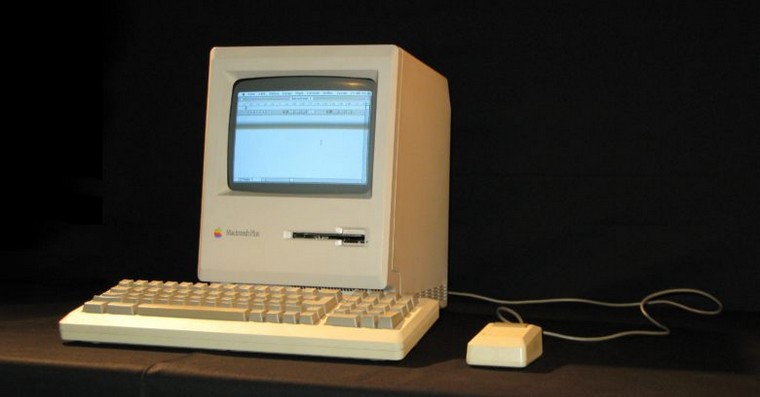
I won't forgive myself one question. Up to what year was it possible to expand the memory or disk in the Mac? Or since what year have the memory and disk been hard-slotted in the Mac?